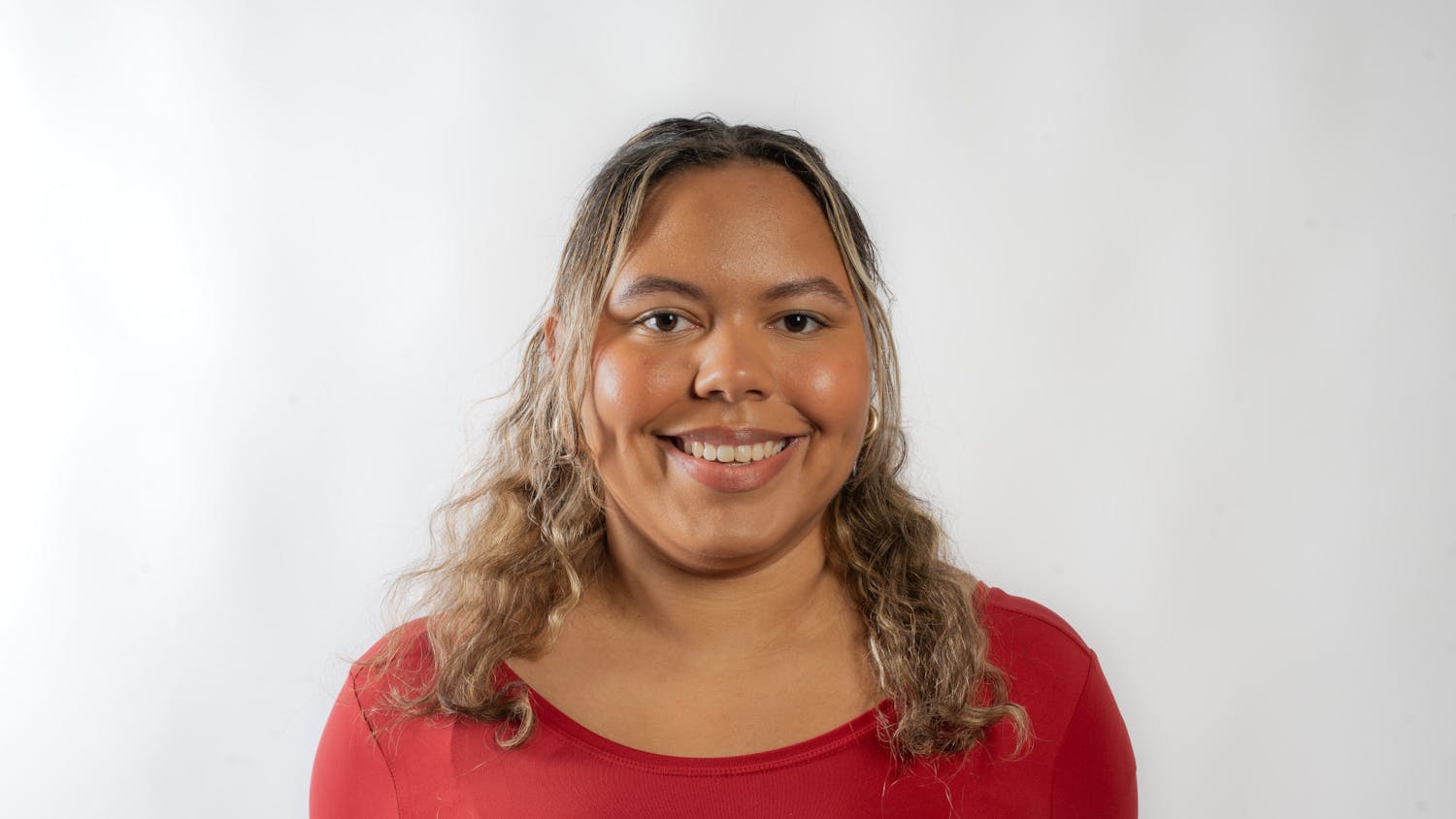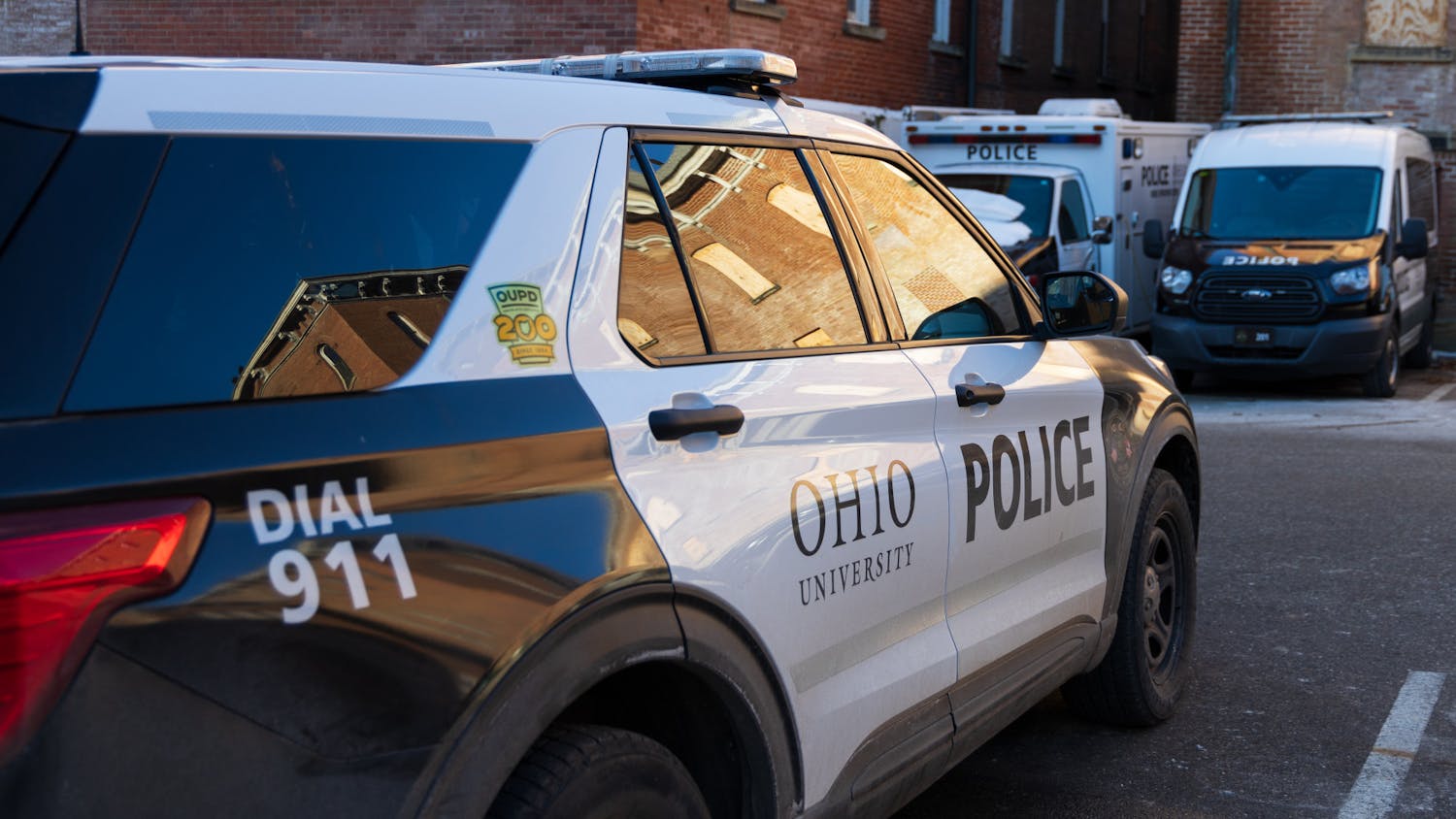A second wave of COVID-19 could be possible in the fall and winter months as it carries the potential to affect another semester of schools nationwide.
As of right now, the university has not formally made any statements concerning transitioning to online classes for Fall Semester.
“While we cannot yet fully anticipate the trajectory of this pandemic, Ohio University will continue to take whatever precautions are necessary to ensure the health and safety of our students, faculty and staff,” Carly Leatherwood, a university spokeswoman, said in an email. “It is, of course, our hope to be back together face-to-face in the fall. If we can safely offer our courses face-to-face in the fall, we absolutely will, and we will put in place any precautions necessary to ensure the ongoing health of our community.”
Todd Fredricks, assistant professor of family medicine, said hopefully a COVID-19 vaccine will be found in about one to two years to ensure people have immunity, but other measures will have to be taken until then.
“It’s probably a good idea to anticipate that sometime in fall to early winter, we start seeing things like social distancing, lots of hygiene,” Fredricks said. “And in some cases, if it was extreme, there might be a release for online education, but it doesn’t necessarily have to be that way.”
Fredricks said the use of serology, or figuring out who has immunity to the virus, could impact what universities choose to do in the fall.
“You could make a decision if there's enough students who have experienced that infection, say ‘We’ve got enough students here who have had that infection. That's very unlikely that we have a big spike,’ and we can extend the academics for longer,” Fredricks said.
However, Fredricks also said that situation is completely hypothetical, and he does not make decisions or policy for how the university should respond to the evolving situation. Having students come from all over the globe has an effect on the virus as well, he said.
“That’s one of the reasons why I applaud Dr. Nellis for making the decision he did,” Fredricks said. “The nature of university towns is that people are coming from all points of the compass. They constantly travel inside of the United States (and) outside of the United States for research and business and other things, then you can have a real problem in a university. Then you bring (disease) into a relatively close population, and if there’s not enough immunity, then you can have big, big problems.”
Fredricks said while a second or third wave might not be as severe as the current coronavirus wave, the precautions taken would be more stringent. He said Ohio has been fortunate to have state leadership taking the virus seriously and still advocating for people to be able to spend time outside walking or playing with their children.
However, because the state did take it so seriously, Fredricks fears people may become complacent in protecting themselves and others. Fredricks said he has noticed people not wearing masks outside, even though the Centers for Disease Control and Prevention recently recommended wearing masks in public settings.
“The problem that I worry about in Ohio is because we’ve been successful, you can never prove the negative,” Fredricks said. “What if we hadn’t done all this stuff? What would it look like? … Is it conceivable that we would have had 20,000 deaths in Ohio? Well, sure.”
Fredricks predicts the creation of a “mask season” will be a method in making people aware of when spikes are to occur and hopefully lessen the severity.
“We want everybody in the nursing homes, in the jails, in the hospitals — places where we’re seeing a lot of patients — to wear a mask when they go to work,” he said.
That strategy can also reduce the number of deaths due to other seasonal infectious diseases, such as the flu, Fredricks said.
Kenneth Johnson, dean of the Heritage College of Osteopathic Medicine, said the speculation of a second wave comes from looking at patterns of other pandemics.
“I think the story starts from what we’ve learned from other diseases going all the way back to the flu pandemic of 1918,” Johnson said. “There was a seasonality to that where it went through two or three cycles ... I think what the experts are telling us is that, based off of experience with other diseases we should, as a minimum, be prepared.”
Johnson said he is also proud of how the university responded to the situation and how it has made accommodations accordingly.
“The first priority was, of course, keeping our students and faculty and staff with the transition to online (instruction),” he said. “And as we started thinking about it, what does it look like for summer session one? What does it look like for summer session two? What does it look like for graduation and other usual activities that you have and on-campus work? University leadership has been working through that in a very methodical way.”
Johnson also said U.S. researchers are continually learning more about the virus. Testing is much more available and faster, and active work is being done to develop a vaccine, he said.
“I think we're starting to understand the disease much better at this point, with getting better data and being able to answer questions that we weren't (previously able to) because we didn't have access to data as readily when it was in China and then Spain and Italy and other places,” he said.
Due to Ohio’s response to the virus, Johnson said the state has significantly impacted the course of the virus. The previous peak was expected to be 10,000 new cases a day, and that number has dropped to 2,000.
Johnson also believes society has learned to be more prepared in the case of a second wave.
“I think we as a society have learned a lot about what it takes to respond to a pandemic, including having it be socially acceptable to be wearing a mask on and to distance yourself from somebody else when traditions don't really call for that,” Johnson said.






